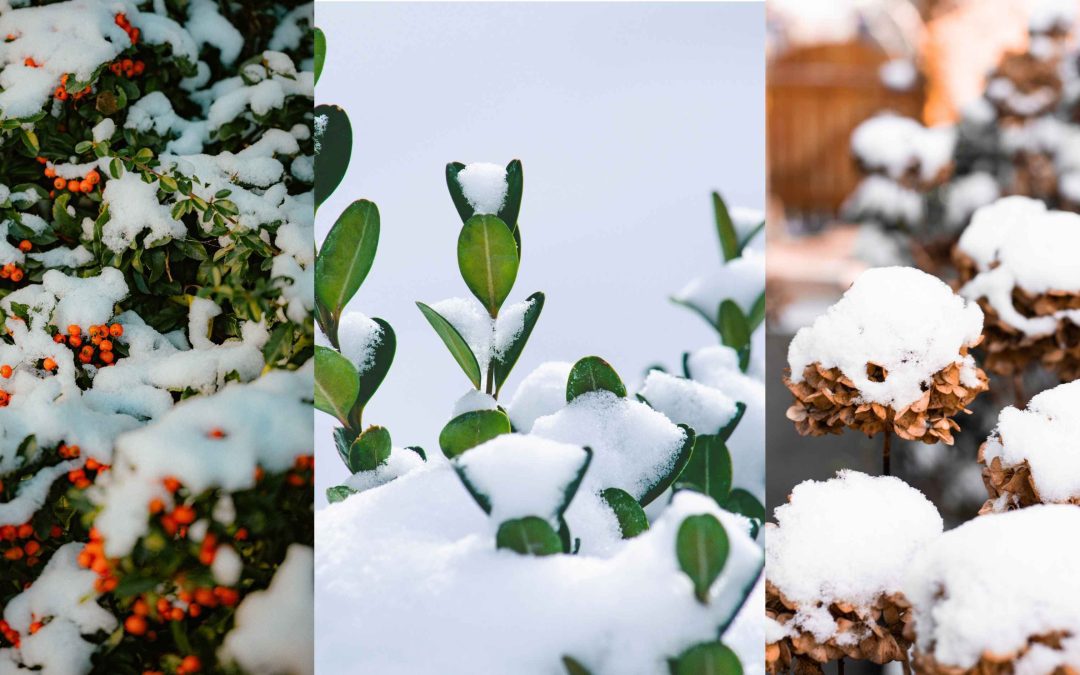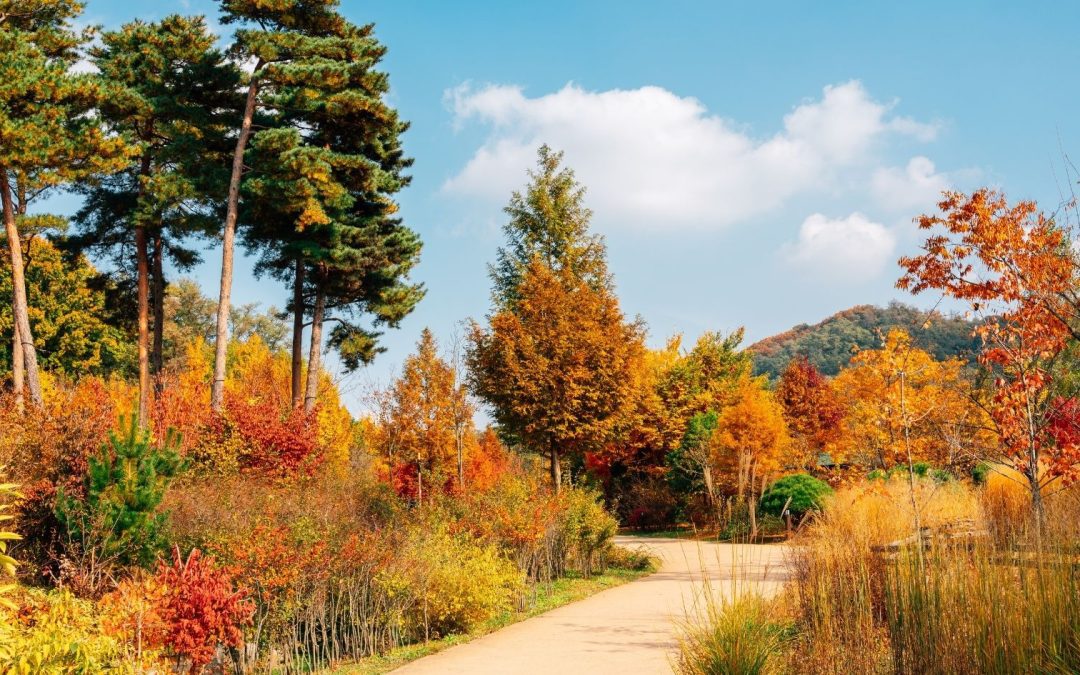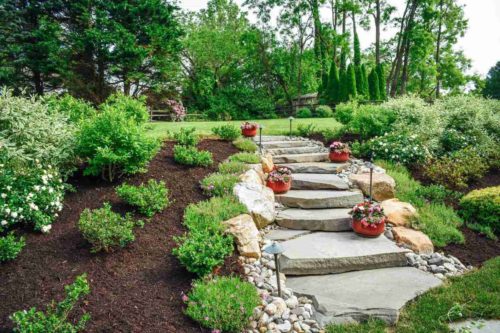Autumn in Northern Delaware is one of the most rewarding times to spend in your yard. The vibrant foliage, cooler temperatures, and slower-growing grass offer the perfect setting to prepare your landscape for winter and set it up for spring success. But despite good intentions, many homeowners unintentionally make critical landscaping mistakes during the fall months. These oversights can lead to damaged turf, unhealthy plants, and a lot more work come spring.
In this blog, we’ll explore five common Northern Delaware fall landscaping mistakes and how to avoid them so your yard stays healthy and beautiful year-round.
Neglecting Leaf Cleanup
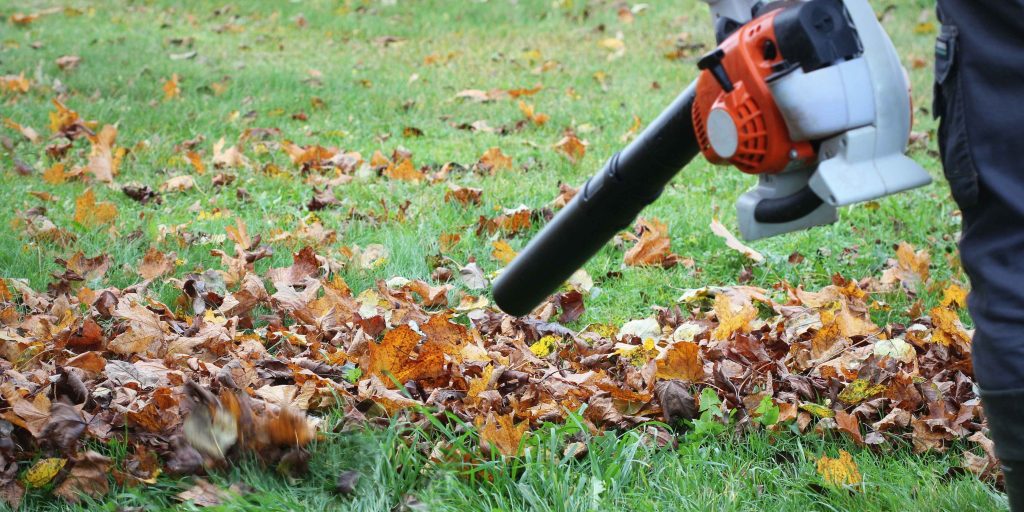
While it might seem harmless to let a blanket of leaves sit on your lawn, doing so can create serious problems. When leaves are left to pile up, they block sunlight and airflow from reaching your grass. This creates a damp, dark environment that invites fungal growth, pests, and decay. Over time, your turf can suffocate under the weight of the leaves, leaving bare or damaged patches by spring. The best way to handle leaf buildup is to stay on top of regular cleanups, either by raking or using a mulching mower to break down leaves and incorporate them into the soil. This keeps your lawn healthy and also allows beneficial nutrients to return to the ground.
Underestimating the Importance of Mulch
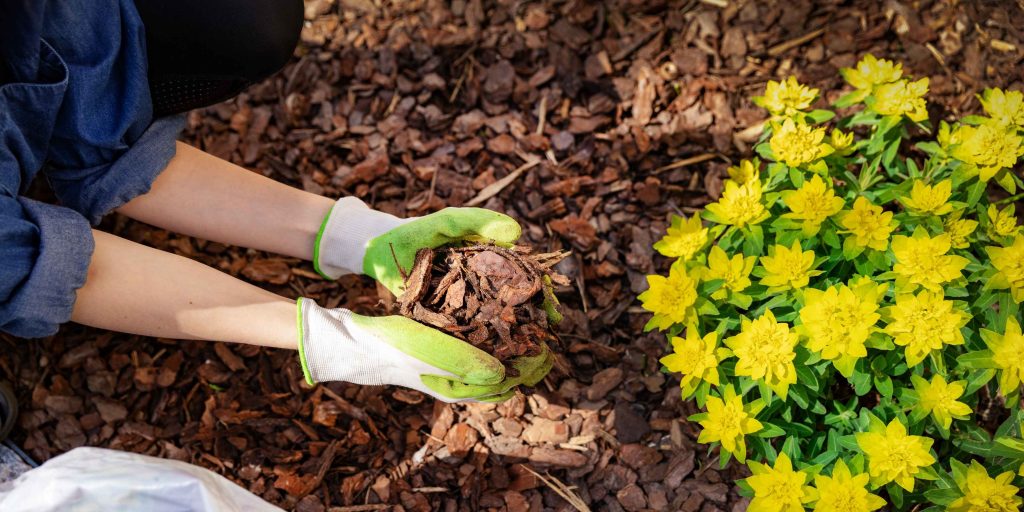
Mulch might seem like a finishing touch, but in the fall, it plays a vital role in protecting your plants. Without an adequate mulch layer, roots are more vulnerable to temperature fluctuations and frost. Mulch acts as an insulator, maintaining more stable soil temperatures and preserving moisture levels throughout the colder months. Applying a fresh layer of organic mulch- about two to three inches- is especially helpful around perennials, trees, and shrubs. In Northern Delaware’s variable climate, this small step can make a big difference in plant survival rates over winter.
Mowing Too Short (or Not Enough)

It’s common to assume that the lawn no longer needs attention as the weather cools, but fall is still a critical time for grass care. Many homeowners make the mistake of cutting their grass too short during the final mow of the season. Doing so weakens the grass and exposes the soil, increasing the risk of winter damage. On the flip side, letting the grass grow too long can lead to matting and snow mold. For cool-season grasses common in Northern Delaware, the ideal mowing height in fall is about two to two-and-a-half inches. This gives the lawn enough leaf surface to photosynthesize while minimizing disease risk.
Forgetting to Water New Plantings

Fall is an excellent time to install new plants, but it’s easy to forget that these additions still need consistent watering. Cooler air and increased rainfall may lead homeowners to believe that nature is taking care of their hydration needs. Still, new plantings often don’t receive enough moisture to develop strong root systems before the soil freezes. Especially for trees and shrubs planted in late summer or early fall, deep watering once or twice a week is crucial until the ground begins to harden. A healthy root system going into winter greatly increases the plant’s chances of thriving come spring.
Overusing Weed Chemicals
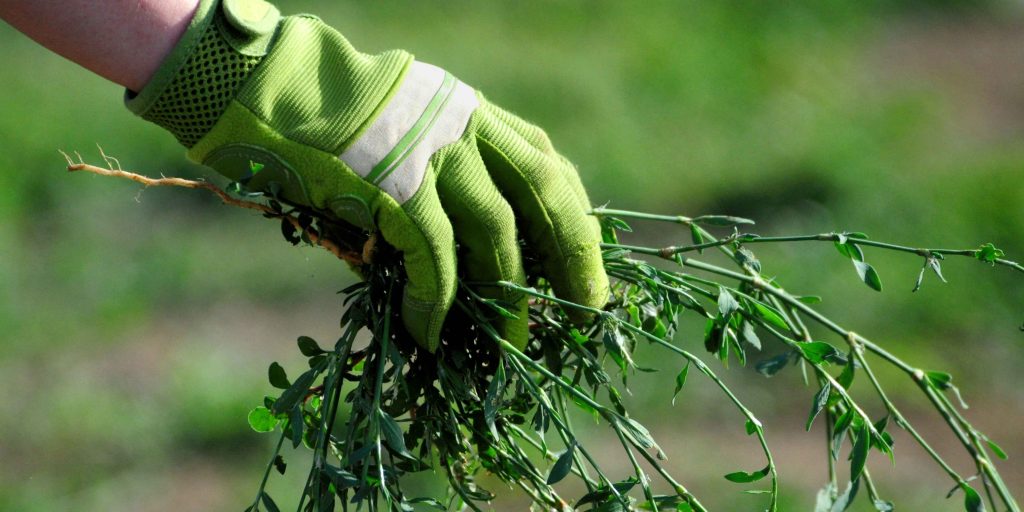
Another common mistake is over-applying chemical weed killers too late in the season. As temperatures dip, many herbicides become less effective and can even harm desirable plants that are preparing for dormancy. Instead of blanket-treating your lawn with harsh chemicals, fall is a better time to focus on hand-pulling weeds or using spot treatments only when necessary. You can also plan to address more serious weed issues in early spring when plants are more responsive and growth is active.
The Value of a Proactive Fall Plan
It’s easy to focus all your fall landscaping energy on cleanup and forget the importance of a seasonal strategy. Homeowners who overlook hardscape, lighting, drainage, or even spring design planning may find themselves playing catch-up next year. Fall is the perfect time to inspect walkways for cracks, make small repairs, and consider layout changes for the next growing season. At Pickel Landscape Group, we help Northern Delaware homeowners create a cohesive plan that prepares their yards for winter and sets the stage for beautiful results in spring.
Avoiding these five mistakes can mean the difference between a healthy, low-maintenance yard and a long list of problems when the snow melts. Whether you need help with fall cleanup, planting advice, or drainage corrections, our team is here to support your landscape through every season. Ready to get your Northern Delaware landscape winter-ready the right way? Contact Pickel Landscape Group for expert seasonal services and personalized guidance.

